Built in 1959 for the 1960 Summer Olympics held in Rome, 4-star Hotel Michelangelo (Via della Stazione di San Pietro 14), like “La Vittoria” and “Il Cantico” (reviewed in the previous two issues of Inside the Vatican) is on the Trastevere side of St. Peter’s Square, directly across the wide street, Via della Porta Cavalleggeri, from Nervi’s papal wavy-roofed audience hall and Michelangelo’s magnificent dome—whence its name.
It was privately owned for 40 years, until it became a Starhotel, an Italian chain of 20 hotels in Italy and two abroad: the deluxe 5-star Castille Paris at Rue Cambon 37 between the city’s three most famous squares, Concorde, Vendôme, and Madeleine; and the deluxe 5-star the Michelangelo in Manhattan at 152 West 51 Street, only a few steps from Radio City Music Hall, Rockefeller Center, and MOMA. (One other, the Metropole, built on the foundation of a convent in 1956, is also in Rome, at Via Principe Amadeo 3 near the also Nervi-designed main railroad station and Rome’s opera house.)
“About 90% of our guests are foreigners,” Mauro Polmonari, the manager here and at The Metropole, told me. “The highest percent comes from the United States, but, since the election of Pope Francis, we’re hosting a growing number of South American guests, especially of course from Argentina, but also from Brazil. Since most of the guests are cultural tourists, like your Inside the Vatican pilgrims who’ve stayed here in the past, we don’t have a gym or a spa like Paris or NYC, but we do offer free wi-fi in all our rooms. Our prices vary according to demand and season.”
Speaking of the rooms, Hotel Michelangelo’s understatedly elegant 179 rooms plus the public spaces underwent a complete renovation and re-opened in July 2013. Each of the six floors is dedicated to a different Roman monument, with full-wall blow-ups of Piranesi’s drawings of the monument — St. Peter’s, Castel Sant’
Angelo, the Pantheon, and the Coliseum to name an obvious few — behind the leather bedsteads. Depending on their size, the rooms are classified as classic, superior, deluxe, executive, junior suites, and suites. All the furniture and bath accessories are made in Italy. From the fourth floor up, the rooms’ walls are painted a Pompeian red, whereas below, beige, because they receive less sunlight. Many rooms can be communicating for families. All the rooms on the hotel’s façade have small terraces. (Ask for Room 608, which has a splendid view of Michelangelo’s dome.)
White and grey with red-wine stripes are the predominant colors in the ground floor restaurant appropriately named “The Dome” and brightly lit thanks to Murano light fixtures and large plate glass windows, where a healthy American breakfast buffet is also served. Michele Pavone from near Bari in Puglia has been the executive chef here for a year. Before that he was at the deluxe Hotel Principe di Savoia in Milan. He’s put together a brigade of young chefs, all of Pugliese origin like himself, so the house specialties are fish, in particular filletto di branzino su composta di porri e rosty di patate al timo (fillet of sea bass on a steamed leek compote served with roasted potatoes with thyme).
“However,” Pavone told me, “since ‘The Dome’ is in Rome, we feature seasonal, and I mean seasonal, Roman specialties like tonnarello cacio pepe (home-made spaghetti with cheese sauce and black pepper), spaghetti alla carbonara (spaghetti with egg sauce, bacon, and pecorino cheese), gnocchi di patate al ragù di manzo (potato dumplings with meat sauce), which Romans traditionally eat on Thursdays, as our first courses; saltimbocca alla Romana (escalope of veal with ham and sage) for a second course; and ricotta and chocolate crostata (pie) for dessert. Besides our à la carte menu we offer a menu of chef’s suggestions. Since I’m pugliese, I can’t resist always having a dish from Puglia on the menu like our classic orrecchiette alla pugliese (fresh ear-shaped pasta with turnip tops sauce). In case our American guests are homesick, we offer Caesar and vegetarian salads and three types of burgers, one of beef, one of tofu, and one of fish. Before or after dinner, after a day of sightseeing, every evening our guests can enjoy live music in our piano bar.”

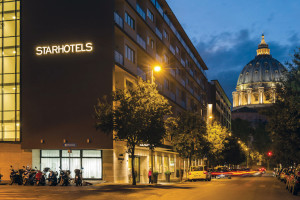
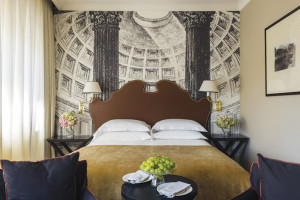
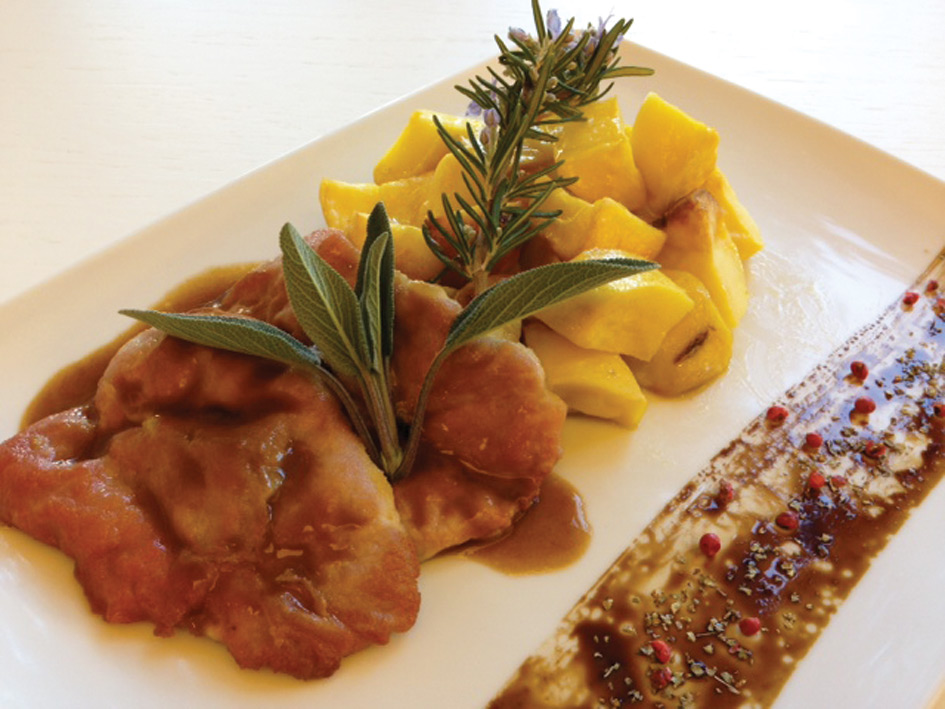
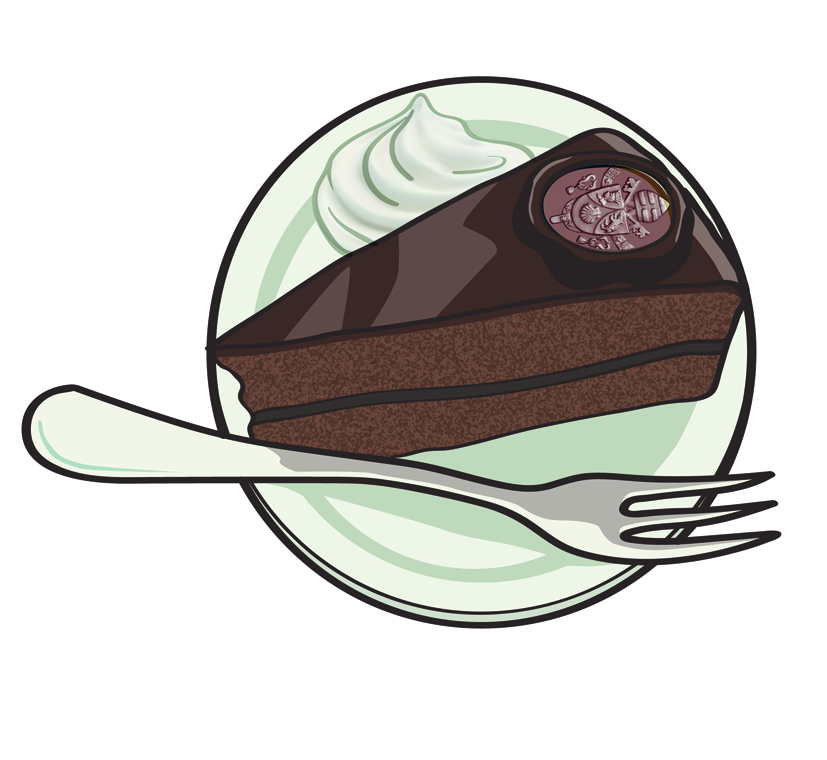
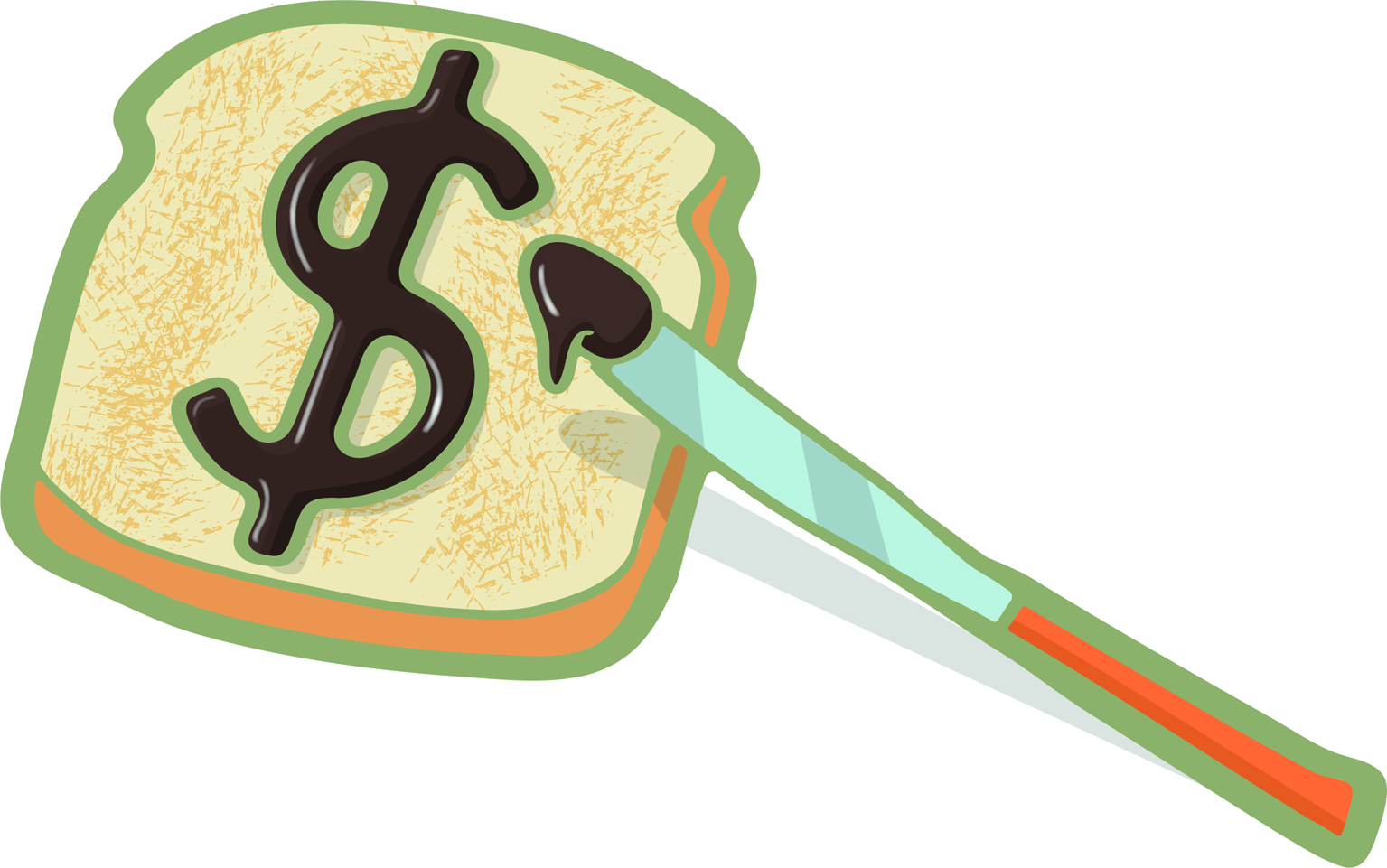



Facebook Comments